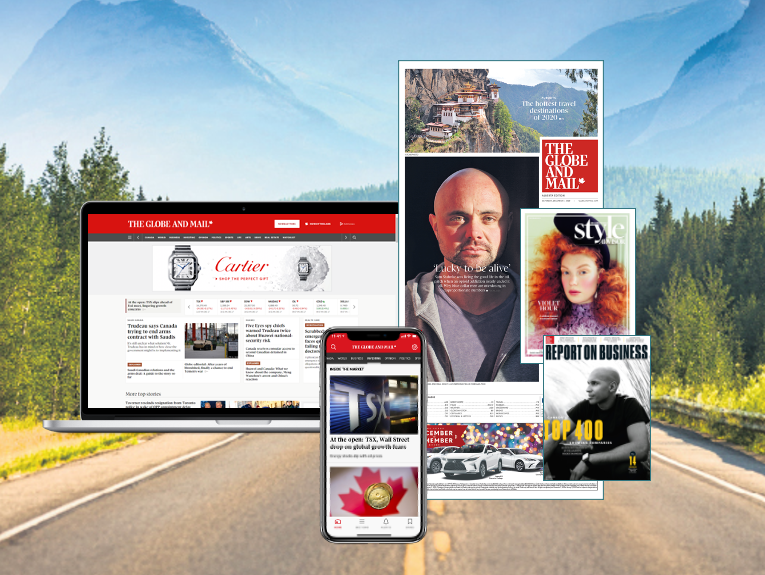How to tell your clients their ideas are bad. Bill Chamness, VP Strategic Planning at TBWA\Canada, shares the secrets of “the graceful takedown.”
Nobody really teaches us how to tell a client their idea is bad. It’s one of those things you’re just supposed to figure out, like pivot tables. And yet, it’s one of the most important skills in advertising, maybe the most important. Because every so often, you’re handed feedback that’s radically cringeworthy or misguided, that it demands more than a polite redirect. It requires a polite and respectful annihilation.
The only problem? How to do it without sounding like a jerk, or without burning trust? This is the art, or the sport, of the graceful takedown.
ChatGPT will serve you up a few helpful techniques like the Socratic Method (my favourite) or Cognitive Behavioural Therapy (sounds sketchy). But, I thought I’d do what I always do, ask smarter people what they think.
So, I asked around – agency leaders, client whisperers, creative folks and a few client partners. I got a wide range of clever answers, sharp, useful and occasionally unprintable. Then I did what strategists always do – I reverse-engineered logic and grouped the chaos into three neat themes and called it a framework.

1. Yes, Absolutely Not (Compliment first, kill later.)
A few responses fit into this first bucket, which is all about the art of the graceful pivot, affirm the intention, then steer toward a better destination.
Jeremy Franklin (Head of Strategy, Nissan United) puts it plainly: “I love a good ‘What I like about that.’ Point out the granular thing that actually made sense, then completely turn direction into what they should do.”
Des Jones (Chief Strategy Officer, TBWA\Canada) said something similar: “It’s the compliment plus reframe. Make it less personal and it’s easier to discuss objectively…’When you’re as close to the product as you are, I can see how that would really resonate’…then come at it from the consumer POV.”
My favourite version of this came from Mike Blanch (Executive Creative Director, TBWA\Chiat\NY). He has a literal, physical gesture, a trade secret he’s perfected, that disarms tension, empathizes, and gently redirects the conversation. (No, I can’t tell you, and yes, I will be trying it).
These techniques work because it’s not just about redirecting, it’s about translating. You’re taking a half-baked idea and, in real time, turning it into something smarter, all while pretending it was almost what they meant all along. That takes guts and a little theater. But when clients feel heard, they’re far more open to where you’re trying to take them.
2. Feedback in Executional Clothing (What they said isn’t exactly what they meant.)
A few responses spoke to the art of learning to hear what they mean, not just what they say.
“A client idea is often just feedback in executional clothing. If you can figure out what the problem is, you can solve it without executing the bad idea.” Jenny Glover (Chief Creative Officer, Zulu Alpha Kilo) nailed this one. Because the idea isn’t the point, the problem behind it is. Solve that, and the bad idea disappears on its own.
Angus Tucker (Chief Creative Officer, Leo Canada) said, “If what you’re saying is this, let us see how we can tackle that.” This subtle move interprets the client’s intended message rather than their literal suggestion. It’s a way of stripping back executional input into the core intent.
I’ve heard Adam Reeves (Chief Creative Officer, TBWA\Canada) say: “We’ll look into that,” and he means it. “I like to remain open to where things can go, sometimes it can morph into a good idea.”
This posture works because the idea isn’t the issue, it’s the unspoken concern behind it. Solve that, and the bad idea fades on its own. You get credit for solving a problem they couldn’t even articulate.

3. Show them what they never knew was possible (Don’t argue. Outcreate.)
This one doesn’t twist or reframe, it just picks up where the client left off and moves the idea somewhere smarter.
Rob Schwartz (Chair, TBWA\NY Group) always makes it sound obvious: “They want to see their idea. Show it to them. Then show them what they didn’t know was possible.”
Eve R.Larose (CEO, OAG Canada) frames it with optimism: “A good brief is one that inspires even bad ads. So, when clients bring one, I say: ‘I love that you’re inspired, now let’s see what the experts can do to beat it.’”
This tactic works because it doesn’t argue, it evolves. The idea becomes a starting point, not a mistake. Smarter work, smoother buy-in, and a client surprised by a solution they didn’t even know they needed.
Final Word
One response cut right to the truth: bad ideas survive because no one listens hard enough to stop them. “The person who speaks most in a meeting always thinks it was a good meeting,” said Paul Little (Executive Creative Director, Daughter Creative). “The number of times I’ve seen smart agency people not hear what a client is actually saying is mind-boggling.”
Not every moment calls for brilliance. Sometimes the most strategic thing you can do is shut up and listen properly.
Not every terrible idea is terrible. Sometimes it’s in need of a redirect. Sometimes it’s a better version waiting to happen. Sometimes it’s just about hearing what was unsaid.
Whatever the case, the real skill isn’t just killing a bad idea. It’s turning it into something no one saw coming.





